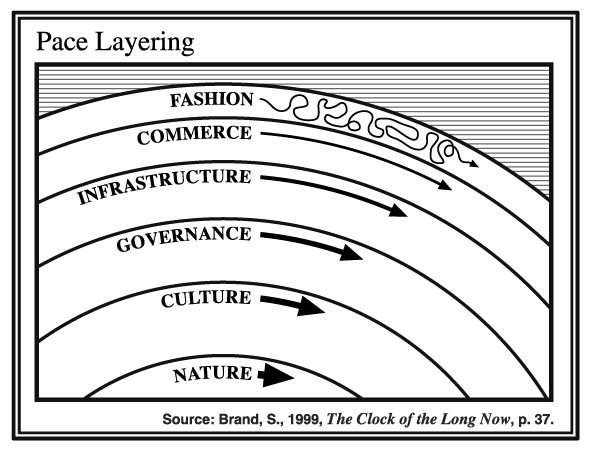

Toronto has long struggled to preserve and retell its own history. Ours is a city in perpetual self-reinvention: buildings destroyed, waterways buried, cultural histories neglected and displaced. Whispers of past Torontos live on in building facades and buried train tracks, but day-to-day Toronto feels more like a city in the making than one with a history worth telling.
Multi-generational residents recall the city's past, but Toronto is a city of newcomers: The majority of Torontonians were born outside of Canada, and an even larger plurality comes from outside the GTA, with no inherited local context. These new residents are hungry for stories about their city. What is Toronto's origin story? Its founding myth? Who has called this place home before, and what does it mean to call it home now?
Many institutions around the city are trying to answer these questions, and struggling to meet the demand. Festivals like Jane's Walk and Doors Open are indispensable weekend-long celebrations of civic engagement, and are attended in record numbers. The city has a vibrant ecosystem of local tour guides, and communities like First Story and Lost Rivers lead walks from a place of deep expertise. Torontonians are hungry to learn about and engage with their city.
Walking tours and festivals are an excellent introduction, but they are ultimately just a first step. Truly transformational learning, the kind that reconfigures your relationship to a place, requires sustained attention. It requires a community of fellow learners with whom you can exchange ideas, refine arguments, and stay motivated. It feels less like a one-off activity, and more like an integrated part of day-to-day life.
But where can one turn to get this thorough, rigorous local civic education? Universities are primarily for young adults and it's challenging to enroll in single classes. Libraries and adult education centers offer courses, but those are primarily frequented by retirees. Book clubs can be effective, but it takes rare dedication to sustain a book club through multiple long works of history. There are few forums for learners of all ages to engage in collective sense-making.
Toronto's 12,000 Year History is a vision for what this next step could be. It is the beginning of a deeper engagement with the city of Toronto through historical texts, expert-led walks, and rigorous bi-weekly discussions, alongside a group of equally curious and dedicated peers. The course is the midway pointan educational missing middle, if you willbetween a credential-conferring university course and a book club among friends. It is a space to rigorously study Toronto's past while meeting, and perhaps becoming, the people shaping its future.
The syllabus is inspired by Stewart Brand's notion of pace layering, which describes how complex systems like cities evolve. Cities are made up of layers that move at different speeds: nature and culture as the slow, powerful core; governance and infrastructure in the middle; fashion and commerce at the fast-moving surface.

We will read Toronto through this pace layering lens. Nature provides the foundation for everything that comes after; the first draft upon which humans write their story. We will explore Toronto's singular urban ecology, the largest ravine system in the world. We will then move to culture and governance, examining the ideologies that have shaped Toronto since its inception as a British colony. We then turn to infrastructure, looking at the city's long history of planning and transportation debacles. We conclude with the fast-moving recent past, including marginalized populations' ongoing struggles for rights and recognition.
We will be in direct conversation with experts who are chronicling and shaping Toronto in real timehistorians, activists, heritage professionals, artists, urban planners, technologists, and writersincluding many of the authors of the texts we will read together. They will serve as our thought partners, helping us refine our ideas about the city and guiding our questions as we continue to learn week-to-week.
Together we will be learning not just new information but new habits of attention and ways of seeing. Its ethos is collaborative and participatory; I expect the thing we will most come to value about this course experience is each other.
One of the great joys of studying history is that there is no predicting its effects in advance. Readers of the same historical text could take wildly different paths; one inspired into politics, another into art, the other into community organizing. The one guarantee is this: studying the history of the place you live enormously enriches your daily life, creates a permanent sense of rootedness, and opens your imagination to all the Torontos that could have been and could still be.
The ultimate goal of this course is to make you feel that you are not simply an observer of this city; you are part of its essential fabric. You are not a passive recipient of the story of Toronto; you are among its many authors. We are living history, if we only choose to pay attention.